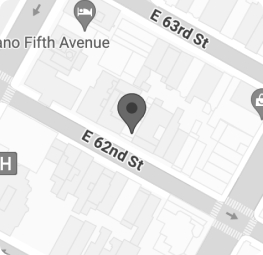
Face
Blepharoplasty
Blepharoplasty, commonly known as eyelid surgery, is a surgical procedure that involves the removal of excess skin, muscle, or fat from the eyelids. The goal is to improve the appearance of the eyelids, addressing issues such as sagging skin, puffiness, and wrinkles.
Blepharoplasty Frequently Asked Questions
What is Blepharoplasty?
Blepharoplasty, commonly known as eyelid surgery, is a surgical procedure that involves the removal of excess skin, muscle, or fat from the eyelids to rejuvenate their appearance.
Who is a good candidate for a Blepharoplasty?
Good candidates are individuals with droopy or sagging eyelids, excess skin that interferes with vision, puffiness, or wrinkles around the eyes, who do not have any underlying eye conditions such as conjunctivitis, dry eyes, etc.
What areas can be addressed with Blepharoplasty?
Blepharoplasty can be performed on the upper eyelids, lower eyelids, or both to address issues such as droopiness, excess skin, puffiness, and wrinkles.
How is upper Blepharoplasty performed?
Upper blepharoplasty involves making incisions along the natural creases of the upper eyelids to remove excess skin and, if necessary, adjust underlying muscle and fat.
How is lower Blepharoplasty performed?
Lower blepharoplasty may involve incisions just below the lower lash line or on the inner surface of the eyelid (transconjunctival) to address puffiness, excess skin, and wrinkles.
What is the recovery time for Blepharoplasty?
Recovery time varies, but patients can generally expect some swelling and bruising for a week or two. Most individuals can return to normal activities within 7-10 days.
Can Blepharoplasty be combined with other procedures?
Yes, blepharoplasty is often combined with other facial rejuvenation procedures, such as a facelift or brow lift, for a more comprehensive result.
Are there non-surgical alternatives to Blepharoplasty?
Non-surgical alternatives include injectable treatments like Botox and dermal fillers, which can address specific concerns around the eyes but provide temporary results.
What are the risks associated with Blepharoplasty?
Risks include infection, bleeding, scarring, changes in sensation, and asymmetry. Choosing a qualified and experienced surgeon is crucial to minimize these risks.
How long does it take to see the final results of Blepharoplasty?
While some initial results are visible once swelling subsides, the final outcome continues to improve over several months as the tissues fully heal.
Can Blepharoplasty correct vision issues caused by droopy eyelids?
Yes, if droopy eyelids are affecting vision, upper blepharoplasty can help by removing excess skin that may be obstructing the visual field. However traditional blepharoplasty is not recommended for patients with eyelid ptosis (droopy eyelids due to muscle weakness).
-

Patient 1.1
View

